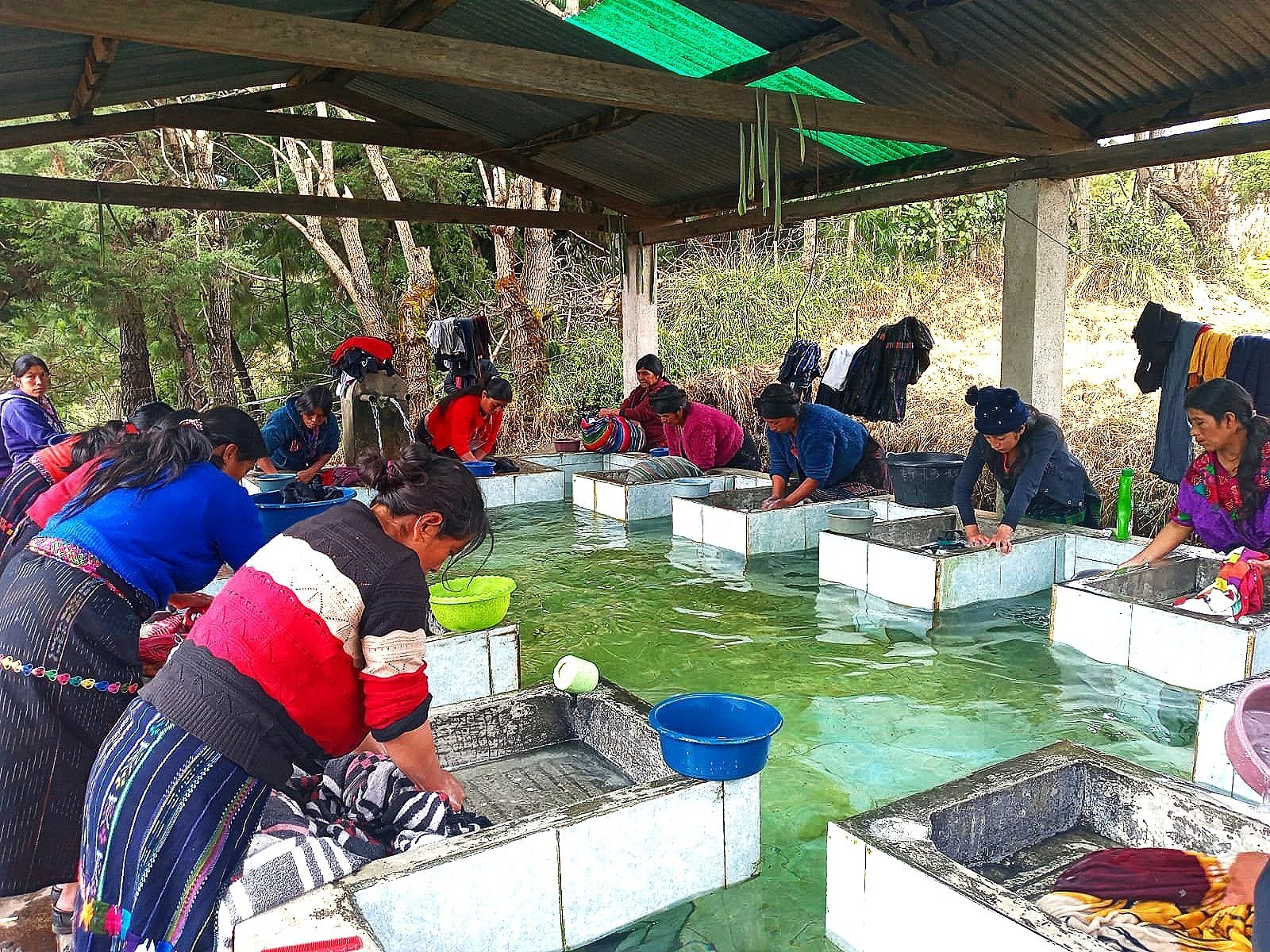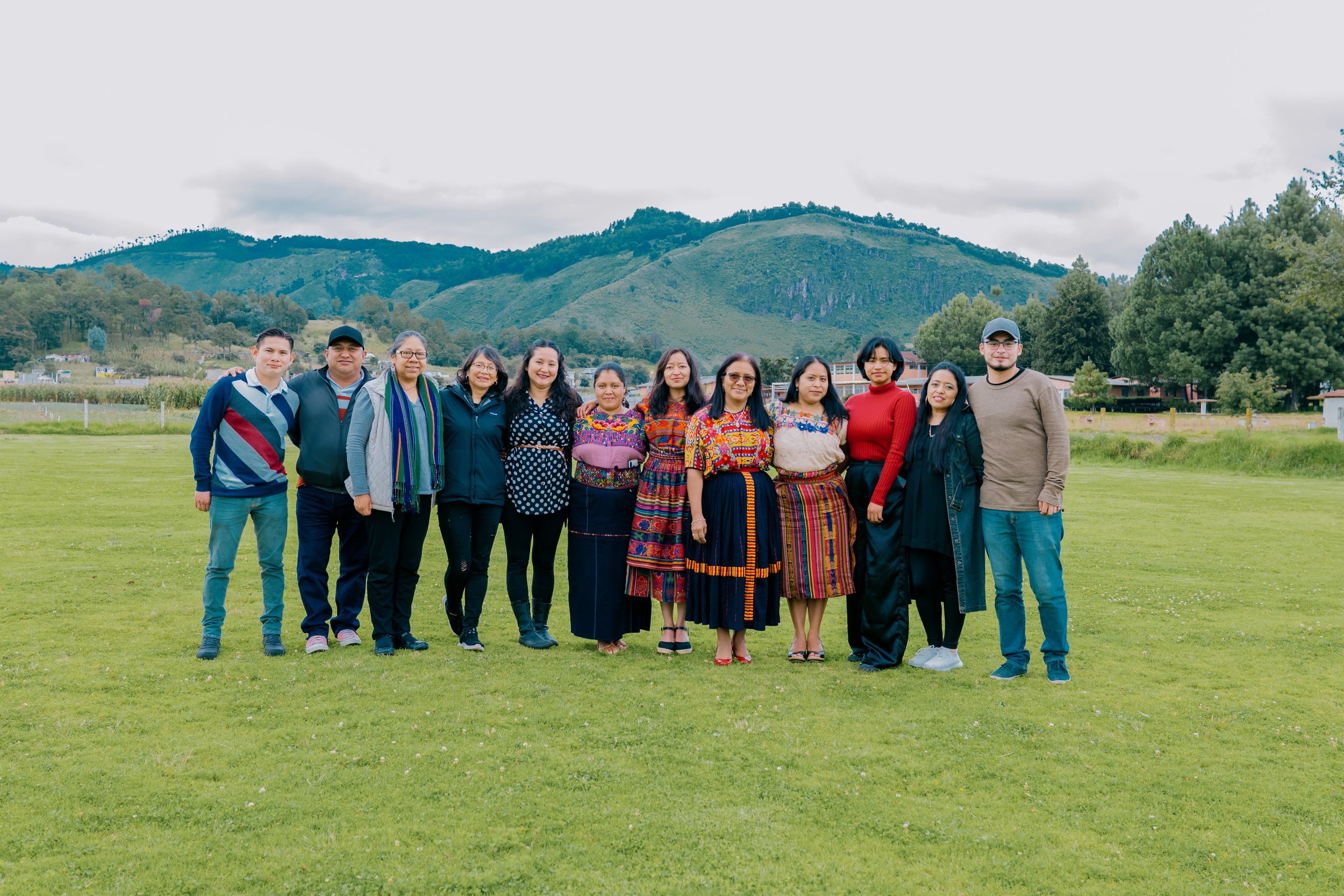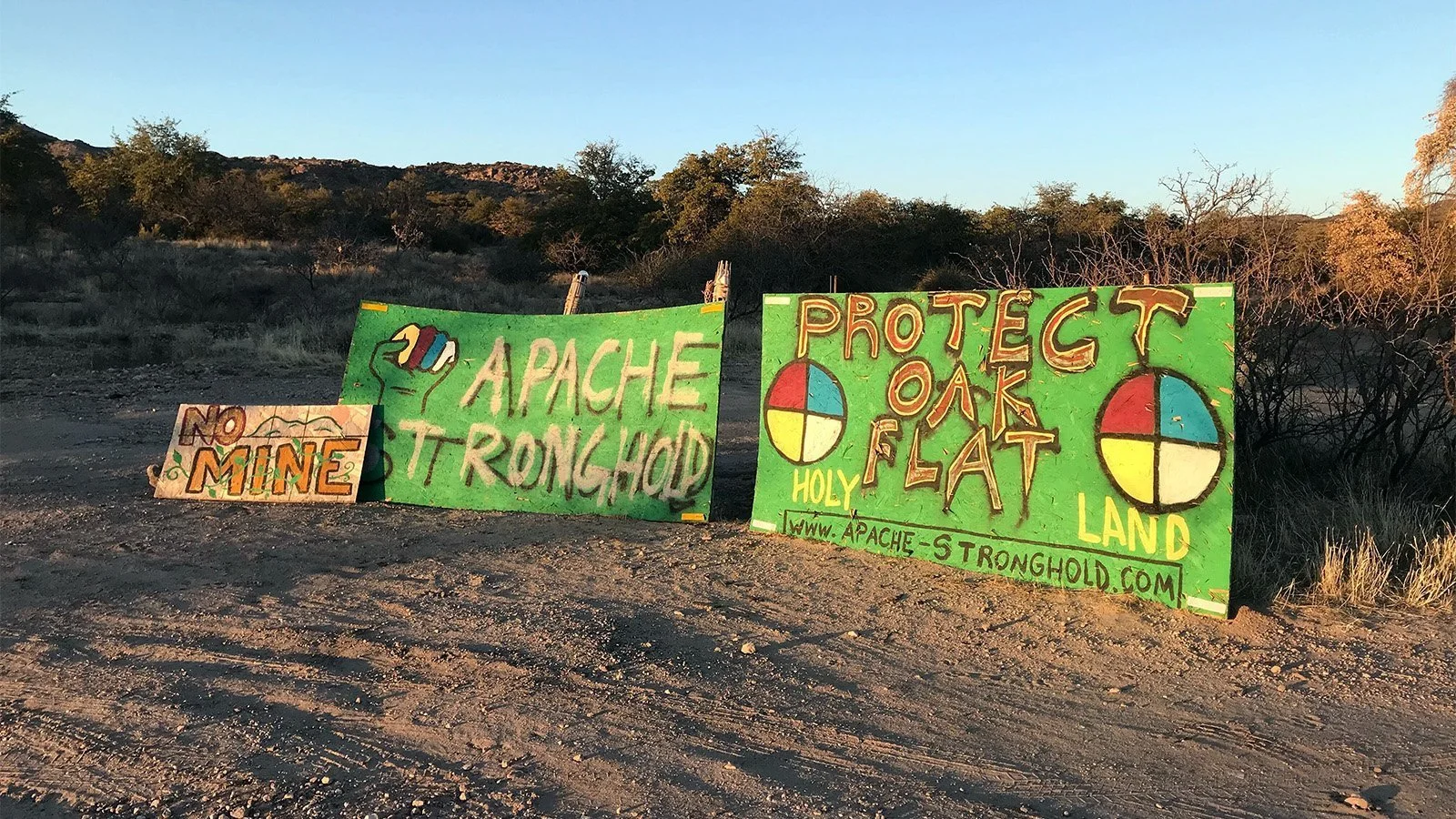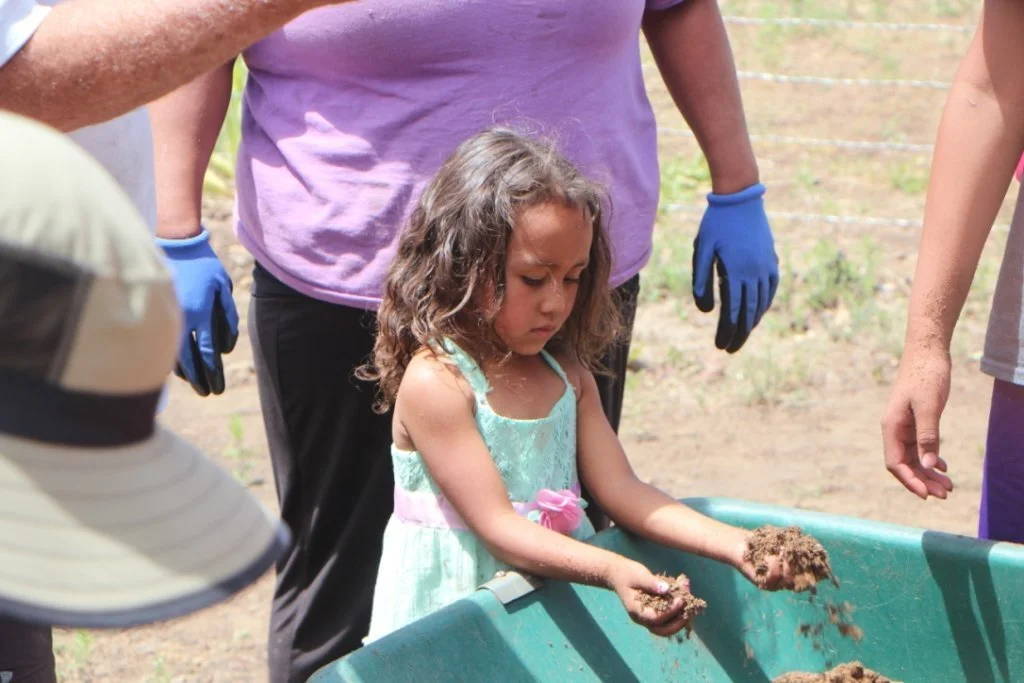Highland Journal.
Highland Journal is an independent editorial platform where we’ll publish existing, commissioned, and independent research, essays, interviews, and other creative and/or critical content that continues to shift the narrative and explore the intersections of climate, culture, indigeneity, and service.
Seeds of Confidence
The Highland Support Project (HSP) and our sister organization, the Association of Highland Women (AMA), have partnered for over two decades to foster healing in communities with historical trauma. One of the foundational programming areas has been organizing around increasing access to improved indoor cookstoves. An essential need to address for empowering women is the cost and labor associated with firewood.
30 Reasons to Give Back
On November 28th, AMA and HSP facilitated and oversaw the delivery of 30 sanitation systems to 30 families in the community of Chuicutama, Guatemala.
For The Common Good
HSP is in the process of forming a co-op holding company to facilitate micro-investment in Guatemalan and U.S. small businesses. In addition to direct investment, the co-op would supply personalized training, technology, and administrative support. Steps such as integrating e-commerce for these businesses would expand demand by opening access to markets in the U.S. and internationally.
Mindful Money: Momentum Through Micro-Investing
In the months of September and October, we implemented our full focus on the Virtual Merchant program in Guatemala, Marchante Línea. Continuing through our circle empowerment method, a team consisting of a marketing director, business administration director, and graphic designer trained Guatemalan women in each field providing them with the knowledge and means to conduct their own product management through the creation of business cards, market photography, Webdesign, and business and contingency plans.
Agency Over Actus Reus: Protect Oak Flat
HSP has partnered with BJC in their National effort to save Oak Flat. Chí’chil Biłdagoteel loosely translated to “Oak Flat” in English is a part of the ancestral homelands of the Apache, Yavapai, Hopi, Zuni, and many other Nations in the Southwest. Qualified as a Traditional Cultural Property it was added to the National Register of Historic Places in 2016. It is a site of religious and cultural ceremonies, a burial ground, and a sacred space for tribal members to source medicinal plants, food, and water. The Apache People see the land as sacred and alive and have been caring for and communing with Chí’chil Biłdagoteel for centuries.
The Opportunity is in the Problem
HSP is a network of social workers, scholars, faith-based community members, and Indigenous change-makers partnering to solve critical social and ecological problems. We utilize the methodologies of Participatory Action Research (PAR) " to bring together action and reflection, theory and practice, in participation with others, in the pursuit of practical solutions to issues of pressing concern to people" (Reason & Bradbury, 2001). PAR utilizes a spiral of steps, each composed of a circle of planning, action, and reflection about the results of an action.
Wealth-Growth and Empowerment Through Stoves
With all of your efforts and partnership, we’ve done it again! Through recent funding and community engagements, HSP has been able to assist in the building of new stoves for six new families.
The Roots of Conflict Between Santa Catarina Ixthueacan and Nahualá
The typically quiet and isolated region of Santa Catarina Ixthueacan and Nahualá has found its way into international newspapers over the last month. An explosion of violence includes the December massacre of thirteen people, including four children between the ages of 5 and 16, from Santa Catarina that were visiting the village of Chiquix in Nahualá to harvest corn. The latest episodes of civil unrest have roots in centuries past that are aggravated by the inequalities of colonialism, migration, international drug trafficking, and the pandemic.
The dream of El Norte
In remembrance of those whose journey to El Norte in search of hope has ended tragically, we burn candles.
Squid Games' & Our Dark Reality
A short discussion on Squid Games in comparison to our modern-day capitalistic ideas reflecting our societal roles and hierarchies.
Small is Beautiful: transformational community development though our Women’s Reforestation Initiative
An update on our Women’s Reforestation Initiative and transformational development model
Engineering Experience: From York College to the White Mountain Apache Reservation
Arizona is known for two things: being hot and being dry. The White Mountain Apache Tribe (WMAT) Reservation is not excluded from these Arizona stereotypes. The Highland Support Project (HSP) reached out to York College’s Civil Engineering students to try to help reduce impacts from this on the reservation, which is how I got involved with HSP and WMAT.
Mayan Mathematics Lessons: Working to Introduce Virginia Schools to a New Math System
Mayan mathematics uses a numeral system that is very different from the system most of the world uses today. Unlike how we tend to memorize times tables and other mathematic properties, Mayan mathematics is based on logic, and emphasizes the importance of thinking rather than memorizing.
Indigenousness in American Museums: Confronting our Colonial Past
Museums have long served as institutions presenting seemingly ‘unbiased’ education, portraying a world of perfect objective information for general consumption. The Public enter these facilities, observe magnificently constructed exhibits, and leave with a new knowledge or appreciation for the subject. This idealistic notion, however, is far from actual exhibition presentation.
Women’s Reforestation Project: Plant 1,000 Trees & Grow Community in Guatemala
Highland Support Project's reforestation efforts empower Indigenous women in the highlands of Guatemala by planting 1,000 trees. A project addressing deforestation has the potential to bring positive change in aspects from food security to biodiversity and beyond. Explore more about the research and design behind this project in the logical frameworks below.
Water Availability in the Fort Apache Reservation, Arizona
This blog post and the maps included were created by our summer intern Sydney Thomas. She will be researching and mapping water access in Arizona throughout the summer.







